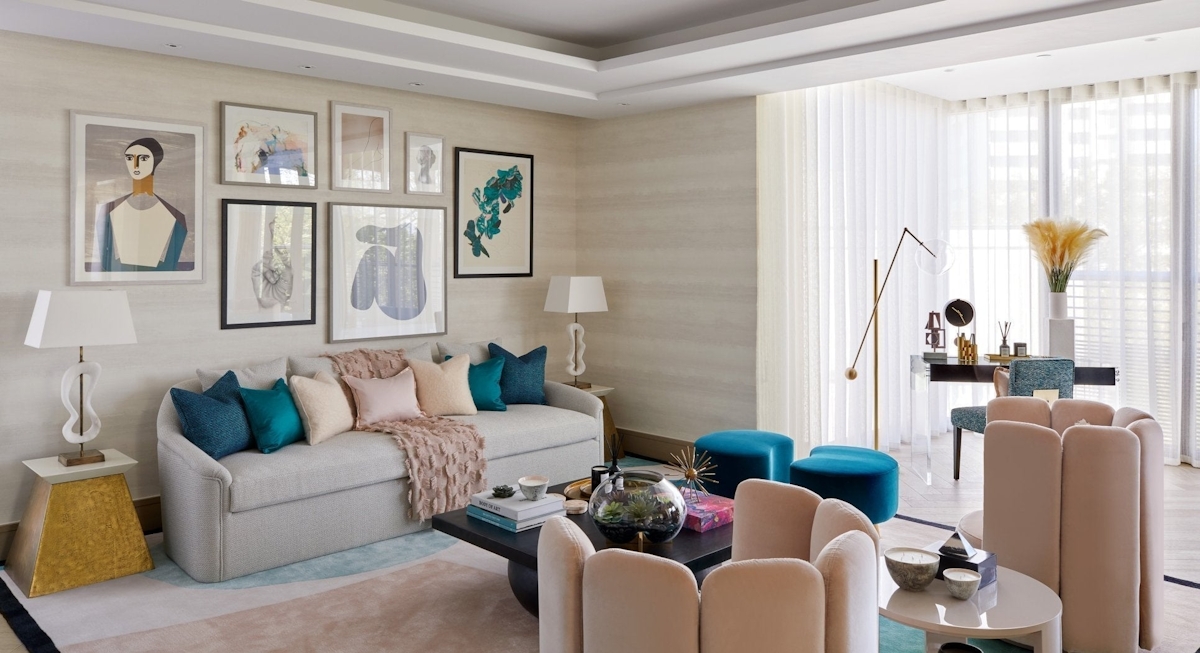How to Mix Art and Photos on Walls: An Insightful Guide
Decorating walls with a mix of art and photos is a fantastic way to infuse personality and creativity into any space. For professional photographers, this technique not only showcases skills but also tells a compelling visual story. But how do you strike the perfect balance between art and photography on your walls? Let's dive into the world of art and photography fusion.

The Art of Balance in Wall Decor
Mixing art and photos on walls requires a keen eye for balance. It's essential to create a harmonious display where neither the art nor the photos overshadow each other. Start by selecting pieces that complement each other's color schemes and themes. Consider the mood you want to conveywhether it's serene and calming or vibrant and energetic.
Choosing the Right Art and Photos
When selecting art and photos, think about the techniques you want to highlight. For instance, a black and white photograph can be beautifully juxtaposed with a colorful painting. Similarly, a minimalistic art piece can serve as a backdrop for a striking photo. Professional photographers can also use their own work to create a personal touch.
Placement: Where Art Meets Photography
Placement is crucial when combining art and photos on walls. A well-arranged display can turn a bland wall into a captivating focal point. To achieve this, consider using the rule of thirds. This guideline can help you arrange your pieces in a way that's naturally pleasing to the eye.
The Role of Frames
Frames play a significant role in the overall aesthetic of your wall decor. They serve not only as protection for your artwork but also as an extension of the piece itself. Opt for frames that match the style of your art and photos. For example, sleek black frames can add a modern touch, while ornate frames can give a more classic feel. Matching frames can create a cohesive look, but don't shy away from mixing different styles for added interest.
Lighting: Highlighting Your Masterpieces
Proper lighting can make a world of difference in how your wall decor is perceived. Highlight your art and photos with strategic lighting to enhance their visual impact. Consider using spotlights or LED strips to draw attention to specific pieces. As discussed in our lighting tips, the right lighting can transform a simple arrangement into a gallery-worthy display.
Creating a Gallery Wall
A gallery wall is an excellent way to display a collection of photos and art. This can be particularly effective for photographers who have a series of works that tell a story. Start by choosing a central piece, then build around it with smaller works. Ensure there's enough space between each piece to keep the display from feeling cluttered. You can find inspiration for creating a stunning gallery wall on House Beautiful.
Incorporating Personal Touches
Adding personal touches to your wall decor can make the space feel truly unique. Consider including personal photos or custom art pieces. You can also incorporate items like vintage cameras or photography equipment for an added layer of interest and personality.
Seasonal Updates
Keep your wall decor fresh by updating it seasonally. Swap out photos and art pieces to reflect different times of the year. This not only keeps the display dynamic but also allows you to showcase a broader range of work over time.
Conclusion
Mixing art and photos on walls is an art form in itself. It requires a thoughtful approach to balance, placement, and style. By following these guidelines, professional photographers can create stunning displays that highlight their work and add character to any room. Whether you're decorating a studio or a home, the key is to let your creativity shine through.

FAQs
What types of art pair well with photographs?
Abstract art, minimalistic pieces, and colorful paintings often pair well with photographs, creating a dynamic and visually appealing display.
How can I ensure my wall display doesn't look cluttered?
Use the rule of thirds to arrange your pieces and ensure there's ample space between each item. This helps maintain a clean and organized look.
Should I use the same frames for all pieces?
While matching frames can create a cohesive look, mixing different styles can add interest and make the display more engaging.

